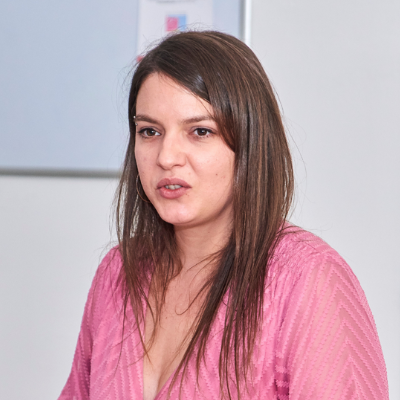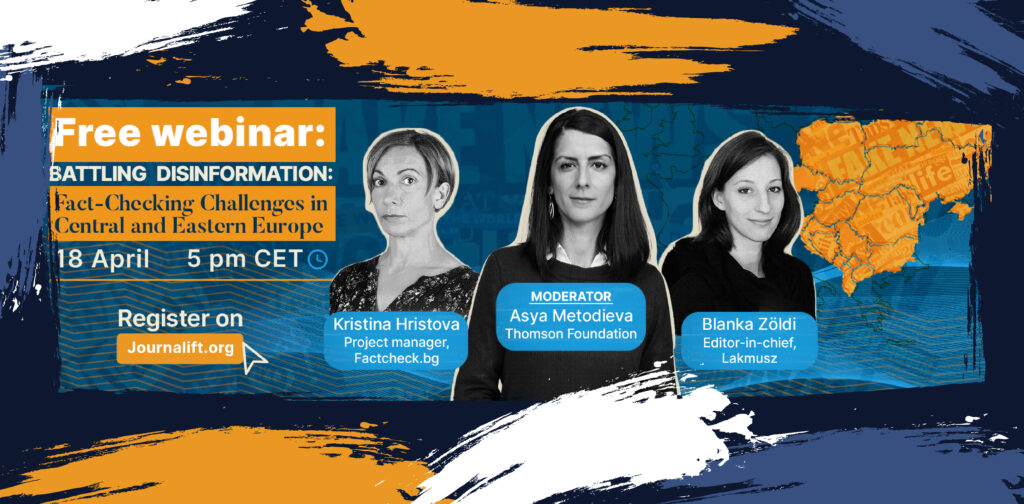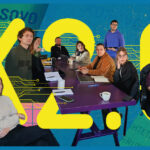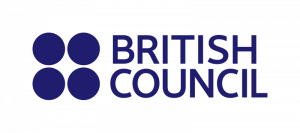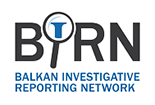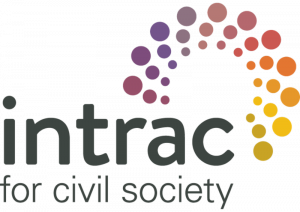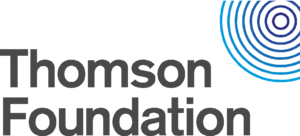How can blockchain platforms revolutionize journalism and accountability
The rise of blockchain technology has led to the creation of many innovative solutions in different fields, but just a few of those have made their way into journalism. There are some mentionable attempts coming from world well-known editorials such as Time, or Associated Press, that tried experimenting with NFTs for example, but still nothing big.
Maybe until now? Because one of those innovative solutions - the Mirror blockchain - started to offer a decentralized publishing platform that allows journalists, writers, or bloggers to publish their work in a secure and permanent way. In other words, once content is published on the Mirror blockchain, it cannot be changed or removed. This brings a whole new level of transparency and trust in a publication that is lacking from mainstream platforms. There are long-term discussions in journalism on how to preserve authenticity, transparency, how to continue to counter misinformation and fight against fake news, fake sources and fake journalism. Especially in light of the newest defamation court case in America. Fox News settled for 787 Million in the defamation case filed by the election tech company Dominion Voting Systems over claims of fraud in the 2020 presidential race, media reported.

Fox News admitted in a statement that "certain claims about Dominion were false”, referring to their claims that Dominion rigged the American presidential elections in 2020. This is the biggest defamation case in history, and it brings back the question on how we can keep control over what is being published and said online.
In this regard, the Mirror blockchain offers a number of advantages for journalists/media. Firstly, it allows them to maintain complete control over their content, including the ability to set their own pricing and distribution terms. This gives them the opportunity to earn a fair income, without having to rely on intermediaries such as publishers, or online marketplaces and e-commerce. This can also be a great solution for community media and even for civil society media, which are striving to maintain independence and transparency from their parent publisher organizations.
In addition, the Mirror allows one to build a direct relationship with the audience. This is one of the most interesting advancements in the field of community engagement.
By publishing on the blockchain, authors can communicate directly with their readers and receive feedback on their work. This creates a more collaborative and interactive environment, which can help authors to improve their craft and build a loyal following.
And not just that - communities can become a part of the writing process, offer insights, topics and information from their surroundings.
Furthermore, the use of blockchain technology can help to protect journalists from censorship and government interference. In many countries around the world, journalists are under constant threat from authoritarian politicians, corrupt governments and other people in power. By using a decentralized publishing platform like the Mirror in some serious and dangerous cases, journalists can publish their work anonymously and without fear of retribution. And not just that, but they can share documents and findings between them through secure channels, without the fear of interception, or theft.
An interesting attempt to use blockchain for this purpose came from a journalist and financial forensic Miloš Katić from Serbia, who at the time was investigating a topic related to contracts between Russia and Serbia for railroad construction. He was the only journalist in the country who managed to get a look at those contracts, so he made them into NFTs and offered them online for others to use, read, or write about them too. This process of creating NFTs for journalists and trying to offer them on a website that is mainly focusing on art, was the hardest part of the attempt, says Katic. Now the Mirror blockchain can simplify this process and cut out intermediaries such as websites for NFT production.
The Mirror is just a tip of the iceberg when it comes to the future use of blockchain in journalism. We must be aware of the upcoming benefits of Web 3, also known as the decentralized web. It is a new paradigm of the internet that is built on top of blockchain technology and enables decentralized applications and services.

In the context of journalism, Web 3 offers even greater decentralization, transparency, and collaboration. With Web 3, journalists can create and publish content on decentralized platforms that are not controlled by a central authority or corporation. This means that the content is owned by the creators and cannot be censored or manipulated externally.
Moreover, Web 3 allows for the creation of decentralized marketplaces where authors and journalists can sell their content directly to their audience, without relying on intermediaries. Web 3 will enable new forms of collaboration and community-building. Decentralized social networks, such as Mastodon and Diaspora, allows creation of decentralized communities where users can connect and share without being subjected to algorithms and data-mining practices.
Overall, the use of blockchain, Web 3 and even AI in journalism offers many exciting possibilities. By providing a more secure and transparent publishing platforms, authors and journalists can build trust with their audiences and create a more collaborative and interactive writing environment. While there are certainly challenges and concerns to address, the potential benefits of these technologies are too fantastic to be ignored.

